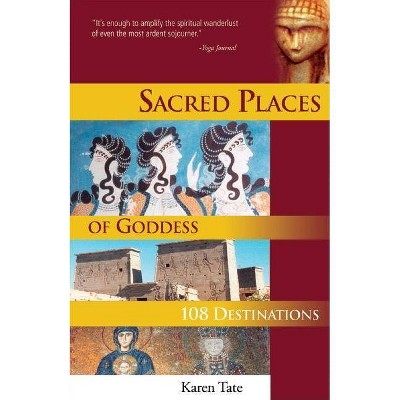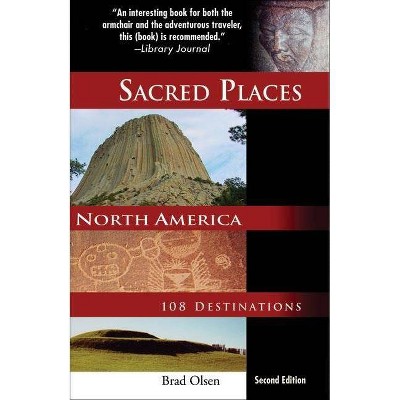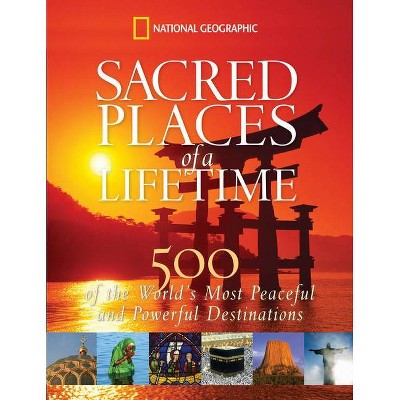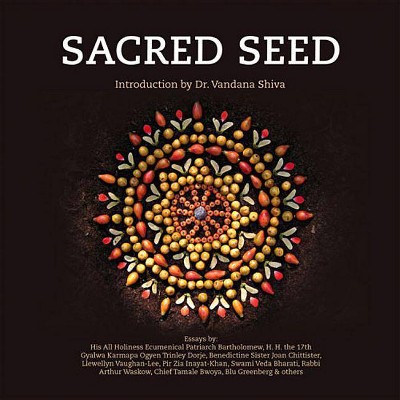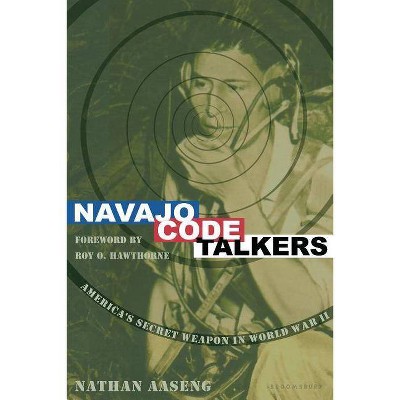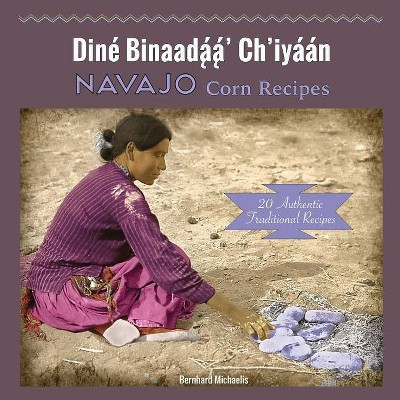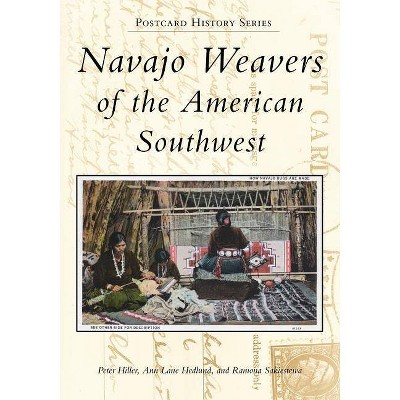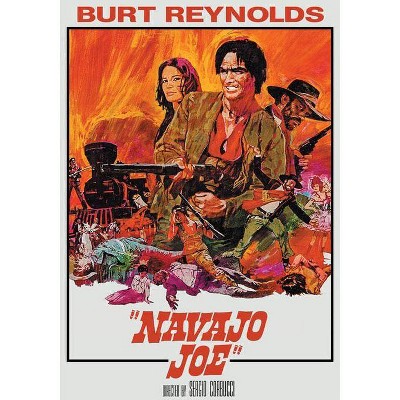Navajo Sacred Places - by Klara Bonsack Kelley & Harris Francis (Paperback)
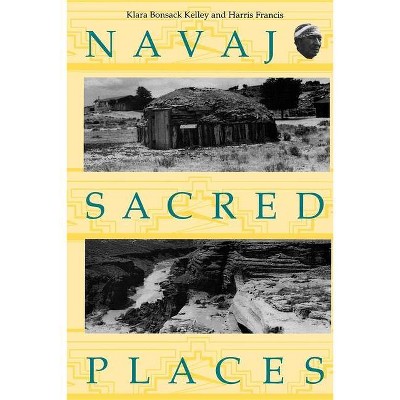
Similar Products
Products of same category from the store
AllProduct info
<p/><br></br><p><b> About the Book </b></p></br></br>DeMallieAn engaging blend of anthropological study and firsthand account takes readers into the heart of the Navajo's struggle to protect their sacred places.<p/><br></br><p><b> Book Synopsis </b></p></br></br><p>Kelley and Francis clearly and comprehensivly address a timely topic, illuminating superbly the inexorable linkage between preserving American Indian cultures and protecting sites endowed with spiritual significance. --Choice</p><p>This is an exceptional ethnography of the Navajos' relationship to their land . . . --The Reader's Review</p><p>The authors succeed admirably in their goal to investigate Navajo oral traditions in relation to place. --Raymond J. DeMallie</p><p>An engaging blend of anthropological study and firsthand account takes readers into the heart of the Navajo's struggle to protect their sacred places.</p><p/><br></br><p><b> From the Back Cover </b></p></br></br>The Navajo see even the most minute parts of their homelands and surrounding territory as infused with sacred significance. Places of special power are the most alive, and stories usually go with them. Navajos visit these places to connect with their power. The places anchor the ways of Navajo life as well as the stories about the origins and the correct pursuit of those ways. Navajos have responded to curiosity about these places and landscapes by trying to keep the locations and stories behind them secret - to save the sites from destruction and to keep their power from being sapped. In the face of unbridled land development, however, protecting the landscapes may mean telling the stories, and it is in that spirit that Kelley and Francis discuss the Navajo's sacred landscapes and the stories that go with them. Navajos tell many kinds of stories, both old and new, about these landscapes, and Kelley and Francis have included some of these stories in this book. The authors believe that in time more examples may be revealed with the blessing of the Navajos who care for them, but the day when Navajos willingly give many such stories to others will come only when the Navajo people themselves have gained control over the use of their land.<p/><br></br><p><b> About the Author </b></p></br></br><p>KLARA BONSACK KELLEY is a consulting ethnologist who has lived and studied in Navajo communities for more than seventeen years. Her publications include Navajo Land Use: An Ethnoarchaeological Study and (with Peter Whiteley) Navajoland: Family Settlement and Land Use. </p><p>HARRIS FRANCIS is a Navajo, Tachii'nii clan born for Tabaaha clan, who grew up on the Navajo Reservation speaking Navajo and observing traditions in daily use. He is an American Indian Cultural Rights Protection Consultant and co-author of several articles on Navajo cultural rights and sacred places. </p>
Price History
Price Archive shows prices from various stores, lets you see history and find the cheapest. There is no actual sale on the website. For all support, inquiry and suggestion messagescommunication@pricearchive.us
